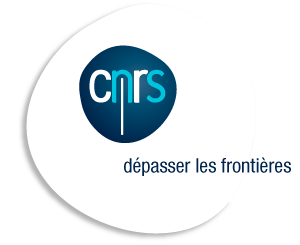An InterRidge Working Group is currently being proposed on seamounts and volcanic islands located close to mid-ocean ridges. This will address a wide range of science and practical questions that range from solid earth to biology. At the moment, the group includes researchers studying the Azores, Ascension, Tristan da Cunha and the Foundation Seamounts. We would now like to invite participation in this group by international researchers studying other seamount or islands in the Pacific, Indian and other ocean areas, as well as those areas mentioned.
We intend to hold an initial workshop in Lisbon, after exploratory discussions at the forthcoming EGU meeting in Vienna. Please get in touch with Neil Mitchell if interested.
The following is a preliminary set of questions to be addressed, which will be refined or enlarged by the working group participants:
- How frequent is catastrophic failure in submarine slopes? How important are small compared with large movements in terms of net volume? What are the implications of these disturbances for ecosystem functioning on island slopes? Does it lead to significant burial of organic carbon? Can we link faults already mapped on land with signs of recent deformation in shallow-marine geophysical data to improve estimates of earthquake risk to local populations?
- Can we relate changes in plate tectonic regime with changes in magmatic extrusion in an individual magmatic system? How do mantle plumes affect a mid-ocean ridge where the mantle buoyancy flux is small? To what extents do tectonic processes affect formation and movement of melts? How do magmatic activity and styles of eruption relate to mantle composition, tectonic setting and local geology?
- How do fauna and flora vary from deep spreading centres to shallow depths of ocean island shelves and coasts, in response to varying temperature, pressure, substrate geology, currents and ambient light? How do seabed populations change with time after catastrophic events and with other changes, such as associated with climate change? How do topographically controlled fluid dynamics and sediment disturbances affect the distribution of Fe-Mn crusts on island and seamount slopes? How do the depths and distributions of sedimentary deposits on the shelves of volcanic islands relate to ocean physical conditions, in particular, waves? What roles do island shelves and, in particular, rhodolith beds have in carbon cycling and regulating water properties?




